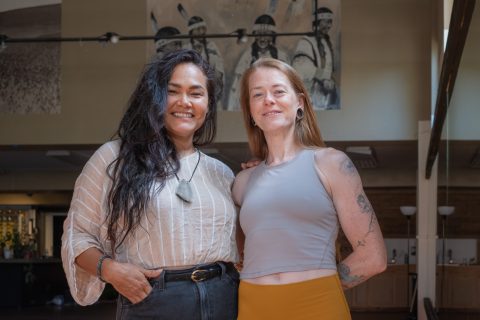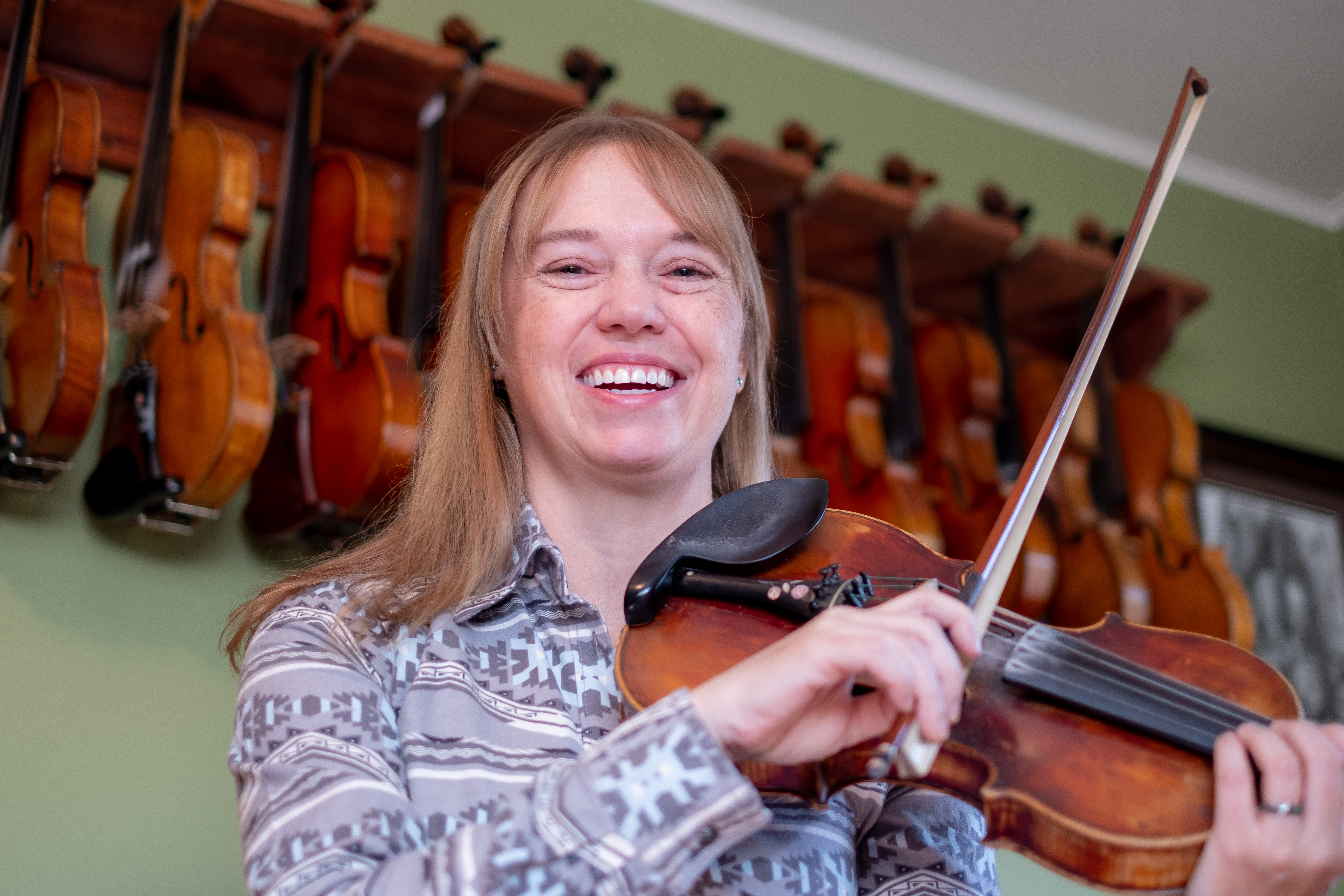Who goes first? Vaccine rollout forces some stark moral choices
Published 9:00 am Wednesday, January 27, 2021
HOOD RIVER — As COVID-19 surged, retired attorney Susan Crowley did some simple math and discovered a chilling fact: People over 60 made up 91% of coronavirus deaths in Oregon. So, the 75-year-old was shocked when the state started vaccinating teachers this week before senior citizens in a push to get children back into classrooms.
“I look at these figures and I am literally afraid. It’s not just a question of missing beers with my friends. It’s a question of actually being afraid that if I am not careful, I will die,” she said. “The thing that is so upsetting to me is that seniors don’t matter, the elderly don’t matter. And it’s painful to hear that implication.”
Trending
Democratic Gov. Kate Brown has defended her decision, choking up in a recent news conference because she said she “knows of families where 12- and 13-year-olds are attempting suicide” because of social isolation. Meanwhile, her sister, a cancer survivor, is being asked to return to her Minnesota classroom without a vaccine, Brown told The Associated Press.
“No matter what you do, people aren’t happy,” she said. “The teachers in Minnesota are furious at the governor because they are doing seniors first. And here, the seniors are furious at me because I am doing teachers first. There are no right answers, and there are no easy decisions.”
With a mass vaccination campaign underway, the U.S. is facing a moral dilemma as officials from California to New Jersey decide who gets the shots first. Everyone from the elderly and those with chronic medical conditions to communities of color and frontline workers are clamoring for the scarce vaccine — and each group has a compelling argument for why they should get priority.
It has local health officials and volunteer advisory committees doing ethical gymnastics the likes of which haven’t been seen since the military’s rationing of a new wonder drug — penicillin — during World War II or the decision to give white men first access to lifesaving dialysis machines in the 1960s, when the new technology was in short supply.
Hospitals and medical professionals make such moral decisions when triaging emergency room patients in a disaster or ranking recipients for organ transplants, said Courtney Campbell, an ethics professor at Oregon State University. But what’s happening now is on such a large scale that ordinary people — not just public health officials — are reckoning with questions of who is most important to society and why, he said.
“We’re being asked to emphasize some of our shared national values. … We’re being called to treat other persons as equals, and that means equals in the sight of the law, but also moral equals, so that matters of privilege or wealth or socioeconomic status get leveled out,” he said. “This is a time when we get tested as to whether we’re going to walk the talk.”
Trending
While the nationwide priority has been inoculating health care workers and those in nursing homes, the decisions get more difficult deeper into the vaccine rollout. Federal guidance says states should prioritize the elderly, front-line essential workers and those with underlying medical conditions in the next phases, but ultimately it’s up to state and local officials to decide how to distribute the shots.
Complicating matters is the nation’s vaccine distribution has been marked by disarray and confusion. States have complained about shortages and inadequate deliveries that have forced them to cancel mass vaccination events and appointments.
Originally, Oregon’s governor said teachers and residents over 65 would both be eligible this week but rolled that back because supplies weren’t there. Now, the state’s vaccine advisory committee is wrestling with how to prioritize the next groups. Central Oregon residents age 75 and older can now make appointments for vaccination, health officials announced Monday, Jan. 25.
In emotional, tense exchanges at a recent meeting, members debated the hypothetical merits of giving the vaccine to a tribal elder who’s one of the last speakers of their language versus a teacher or a migrant worker who puts food on people’s tables. Some advocated vaccinating all people of color first, regardless of age or health, while others favored giving the shots to those with certain chronic conditions, regardless of race.
Oregon lawmakers of color wrote a letter urging the vaccine advisory committee to prioritize low-income seniors, inmates and front-line workers instead of solely focusing on racial minorities, saying doing so would reach many people of color.
“We are concerned about the way this is being framed and how these groups … are pitted against each other and against BIPOC communities in general,” the letter said, using an acronym for Black, Indigenous and people of color.
Dr. Kalani Raphael, a kidney specialist at Oregon Health & Science University and a Native Hawaiian on the advisory committee, said minority communities’ health care experiences are often invisible, particularly with COVID-19. He pointed to the death of a friend, a Utah community organizer, who got the virus after working to improve health care access for other Pacific Islanders.
“She was getting better. And then she just dropped dead at home, right in front of her kids,” said Raphael, his voice heavy with emotion. “These stories, to me, recenter the problem in these communities that are invisible and give them the support and attention and seriousness they deserve.”
While Oregon health officials grapple with who will be eligible next, vaccines started Jan. 25 for teachers and early childhood educators. More than 90% of students have been studying online for nearly 11 months.









